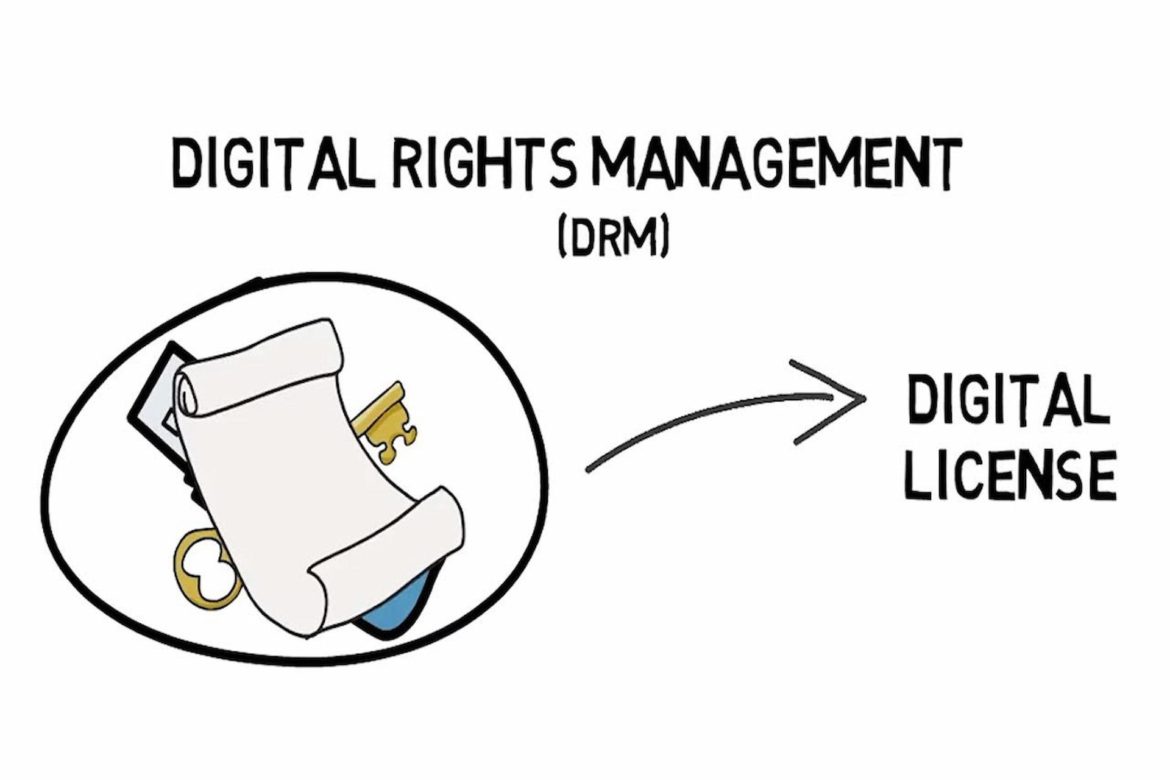Peer-to-peer (P2P) sharing has revolutionized the way people share and distribute digital files. With just a few clicks, users can access and download large files, including movies, music, and software, without paying a cent. While P2P sharing has its benefits, such as the ease of access to information, it has also become a primary method for piracy.
P2P sharing works by allowing users to share files directly with one another, rather than going through a centralized server. This decentralized system makes it difficult to track and regulate the distribution of copyrighted material, leading to rampant piracy. In response, many companies have turned to digital rights management (DRM) to protect their content and prevent illegal sharing.
However, DRM alone may not be enough to combat the widespread availability of pirated material on P2P networks. For example, many DRM systems can be hacked or cracked, allowing pirates to bypass the security measures and distribute copyrighted material freely. Additionally, some users may be reluctant to purchase content if they feel restricted by DRM, leading to lost revenue for content creators.
One way to address these challenges is through a combination of DRM and watermarking technologies. Watermarking involves embedding a unique identifier in each copy of a digital file, which can be used to trace the source of the file if it is found to be pirated. This technology can help deter pirates from sharing illegal copies, as they may be more easily identified and prosecuted.
Another approach to combatting piracy on P2P networks is through legal enforcement. While it can be difficult to identify individual users on P2P networks, authorities can still target the sources of pirated content, such as file sharing websites or individual uploaders. This approach can be effective in reducing the availability of pirated content, but it can also be time-consuming and resource-intensive.
Ultimately, the key to combating piracy on P2P networks is to strike a balance between protection and accessibility. Content creators and distributors must find ways to protect their intellectual property while still providing users with a convenient and enjoyable experience. This may involve developing new technologies, such as dynamic watermarking or decentralized DRM, or exploring alternative distribution models, such as subscription-based services.
In conclusion, peer-to-peer sharing has significantly impacted piracy and DRM. While P2P networks have made it easier than ever to access digital content, they have also created significant challenges for content creators and distributors. Combating piracy on P2P networks requires a multifaceted approach, combining DRM, watermarking, legal enforcement, and user-friendly distribution models.







